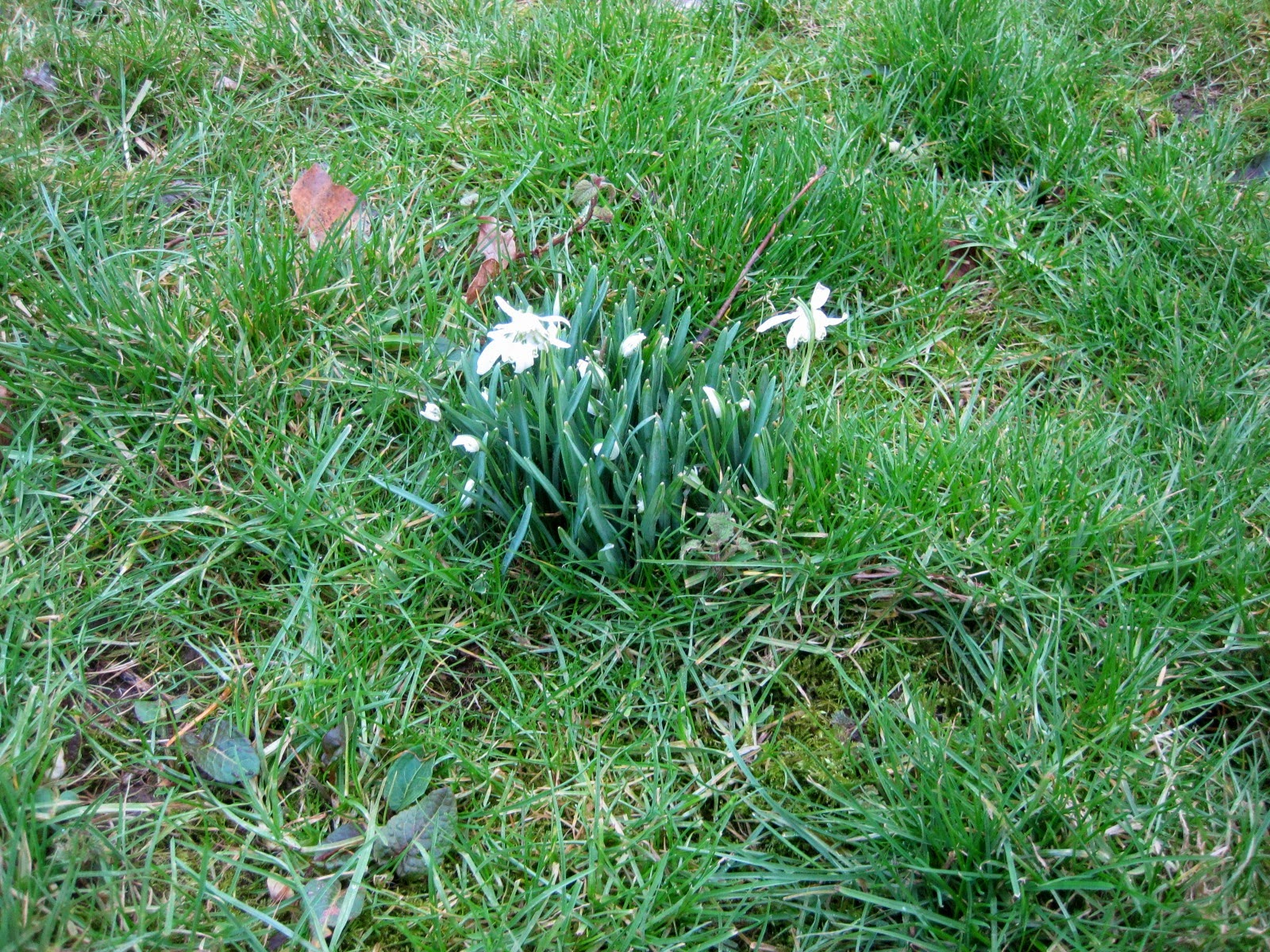You may have noticed that two of our white willows have been cut down to a height of about 2.5m.
This was the scene beforehand.
And this is what it looks like now.
This is not wanton destruction but a combination of safety precautions and tree management.
These two trees had dangerous branches overhanging the path. We could have just cut those branches off but we decided that the safest way forward was to remove the top part of the trees and effectively pollard them. Pollarding is an ancient tree management technique where a tree is regularly cropped to produce poles. It's a bit like coppicing but higher up. It was used to manage trees where coppice re-growth was threatened by browsing livestock or deer.
Tree 1 nearest the path had a broken off branch lying in the top of the tree as well as damaged branches over the path.
Tree 2 had serious bark damage and exposed wood in the branch fork 4m up.
There were also branches overhanging the 'White House' as we call our tool store container.
We didn't have time to pollard tree 3 but you can see in the pictures below that there are broken branches and bark damage. We think this may be caused by squirrels shredding the bark, followed by fungi which attack the exposed wood. We propose pollarding this one at a later date, but at the moment it is not a danger to pedestrians on the path.
Tree 4 along the stream is dead and offerring a home to some interesting decay fungi. Check out the trunk - but don't lean on it! This tree may have to come down completely.
We shall be looking out for new shoots on the pollarded willows and the photograph below shows the sort of re-growth that we hope for, when the trees will have to be re-pollarded.































